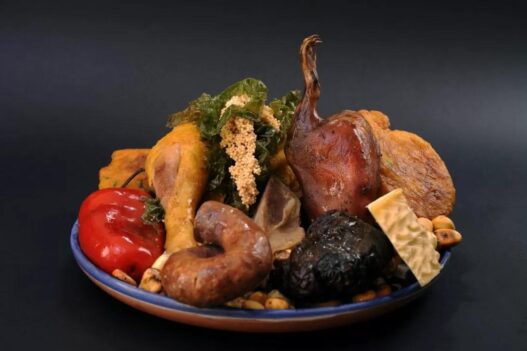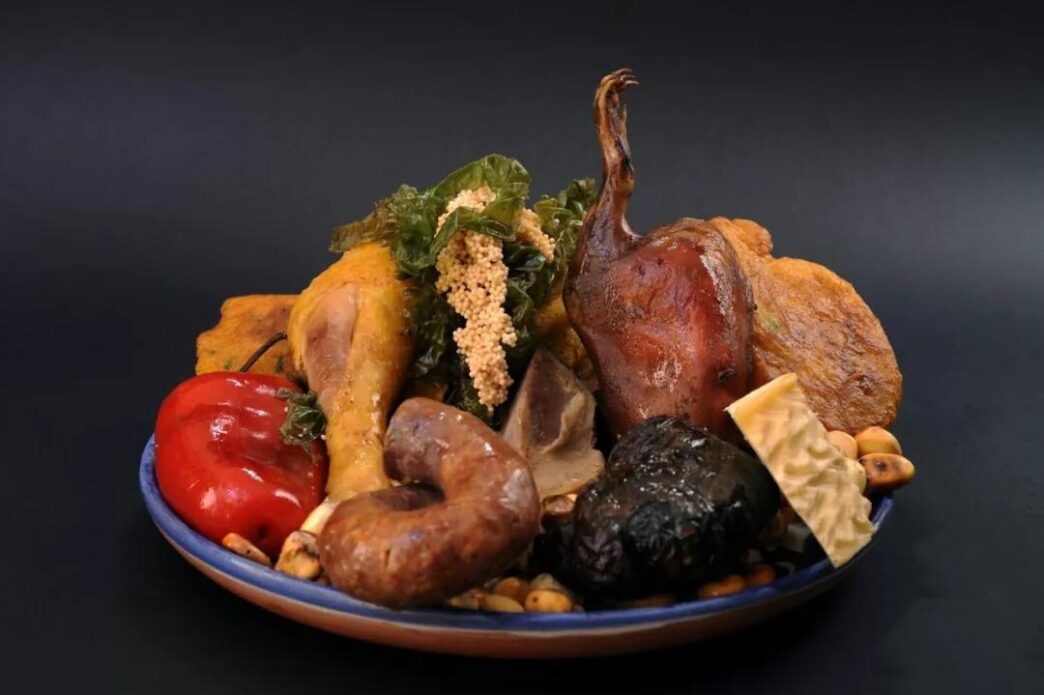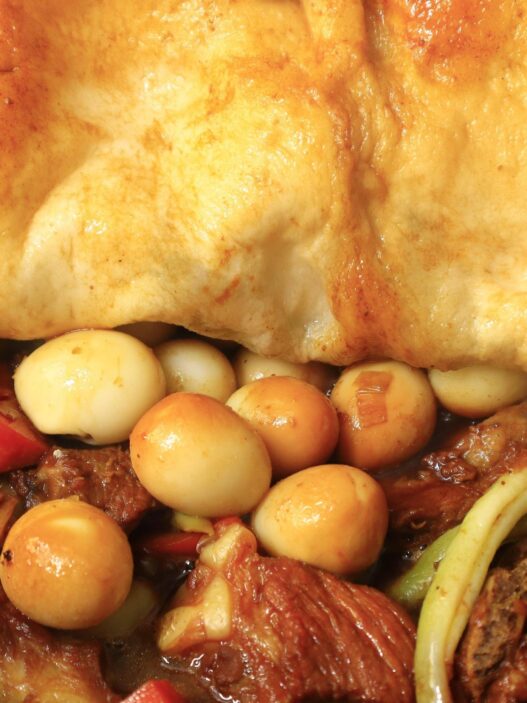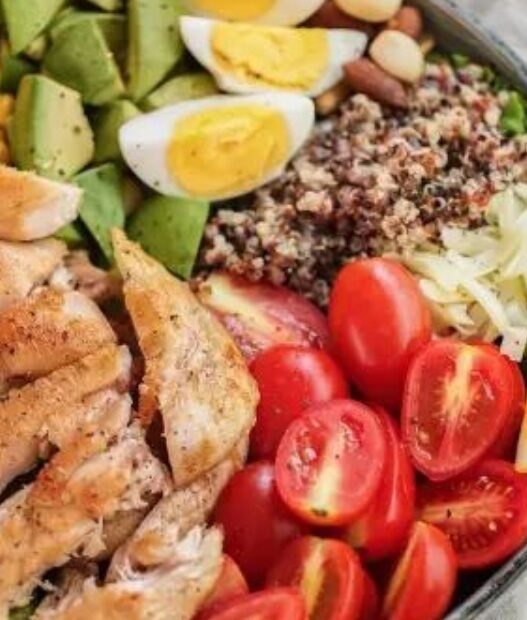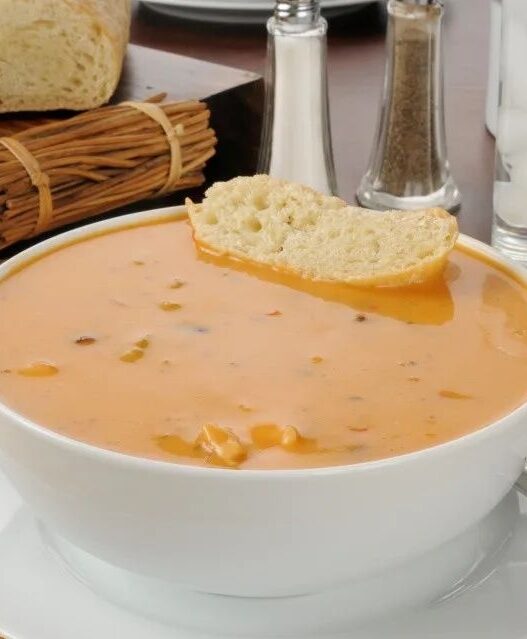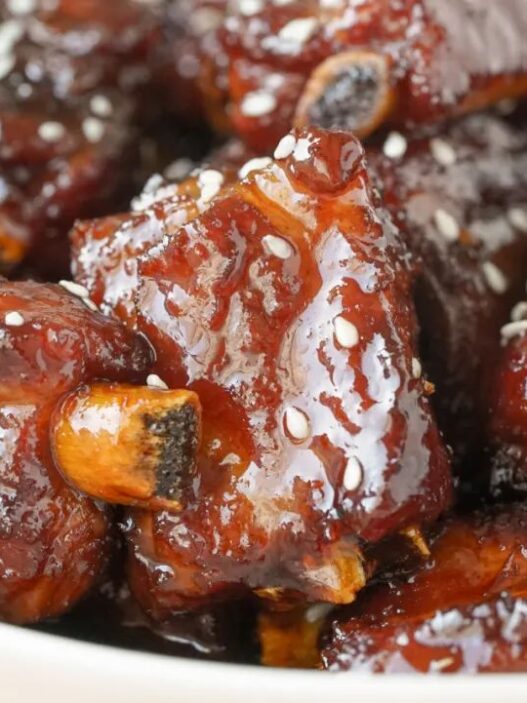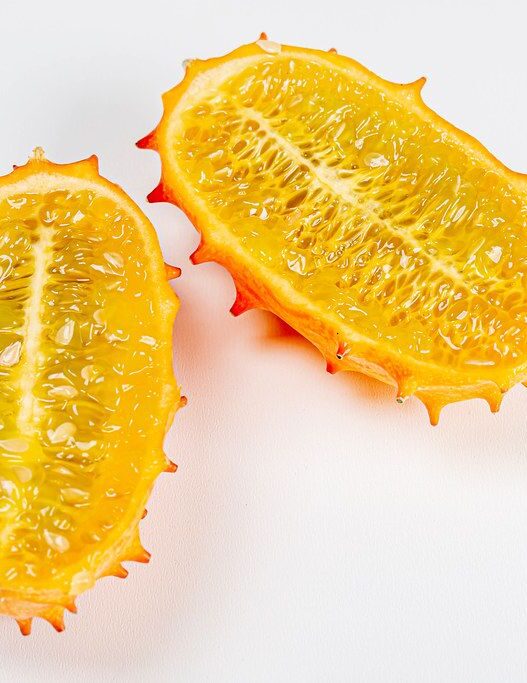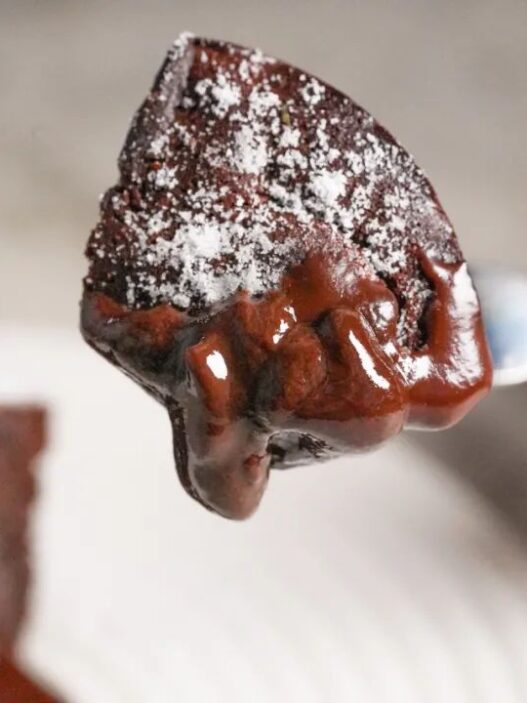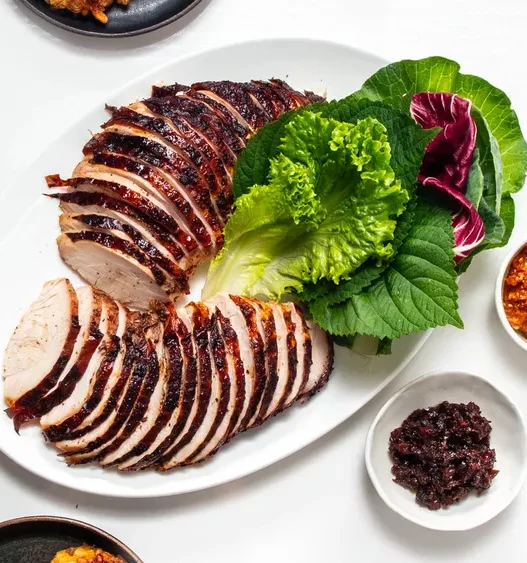Cuisine is a universal language, understood by taste buds around the world, no matter where people come from. However, sometimes “food” born out of various reasons can leave one not just unmoved, but hesitant to even try. Here’s a look at Peru’s 10 bizarre dishes that challenge the boundaries of culinary adventure. How many can you handle?
TOP 10: Cow Heart
Even for Chinese people who are no strangers to offal, cow heart isn’t a common ingredient. In Peru’s colonial history, African immigrants, forced by circumstances, turned to cow heart as a protein source. Skewered and grilled over charcoal, then drizzled with a special Peruvian sauce, it became an unexpectedly popular street food.
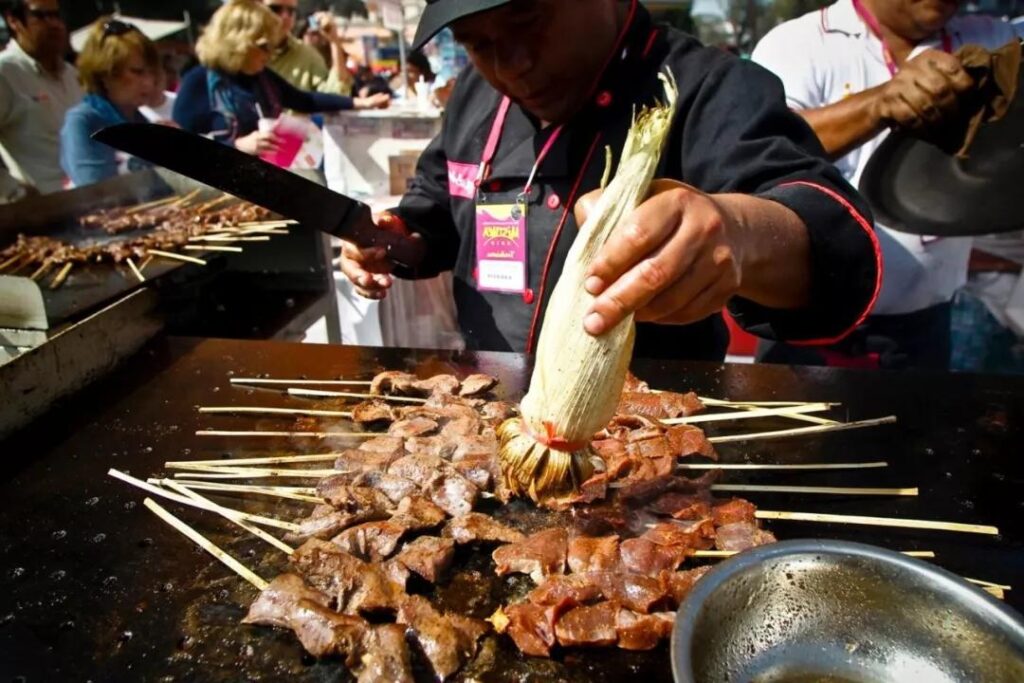
Tasting Guide
Follow the aroma on the streets of Lima to find grilled cow heart Anticuchos. The most representative restaurant, Grimanesa, elevates this humble street food to a gourmet experience.
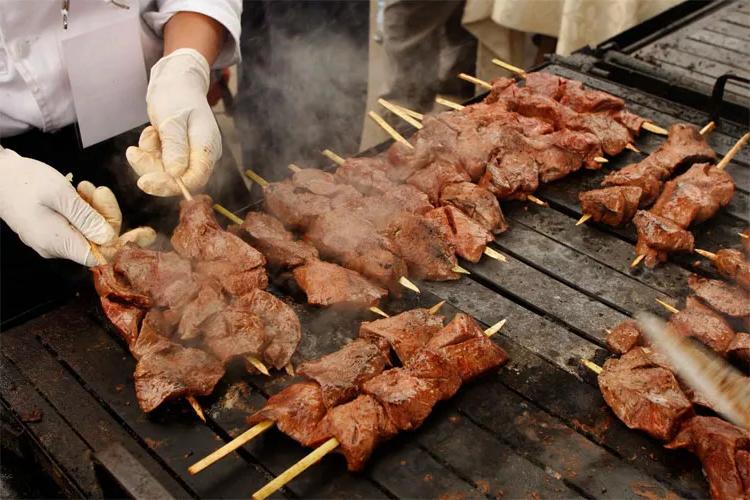
TOP 9: Piranha
While it’s humans who eat fish, and fish that eat humans, it’s still humans who end up eating piranha in Peru’s Amazon basin. Fishing for piranha isn’t just unusual; it’s exhilarating. Though not as large as one might imagine, their razor-sharp teeth are their unmistakable identity. After a simple marinade, they’re grilled to a crisp skin and tender flesh, satisfying both body and soul.
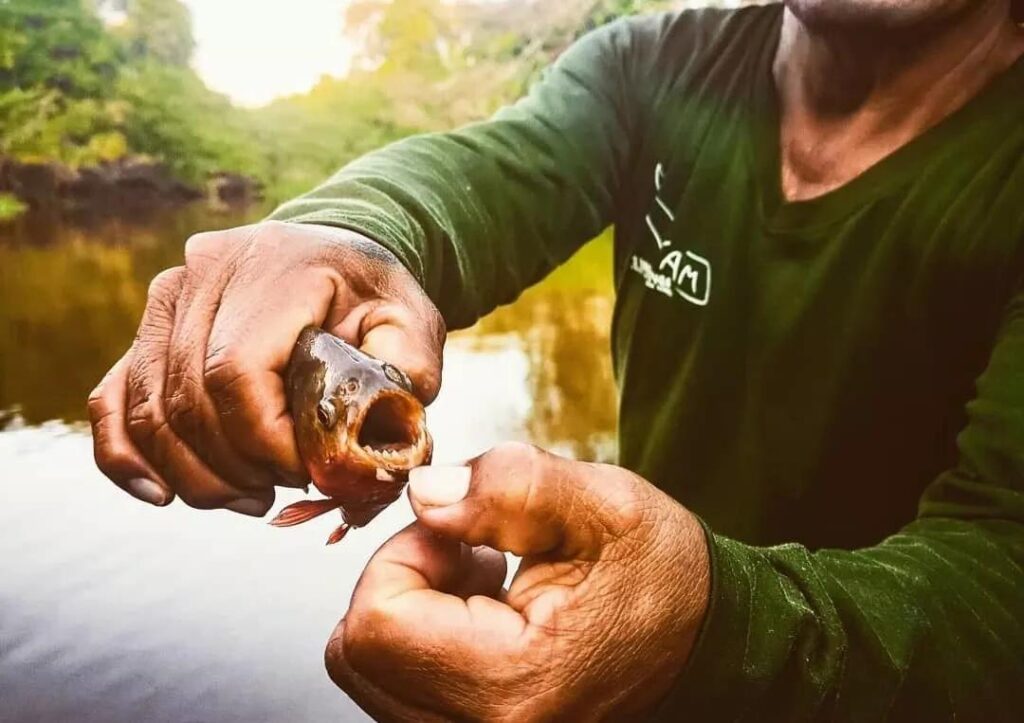
Tasting Guide
Amazon rainforest tours usually include piranha fishing. For better success rates, traveling during the dry season (June to November) is advisable.
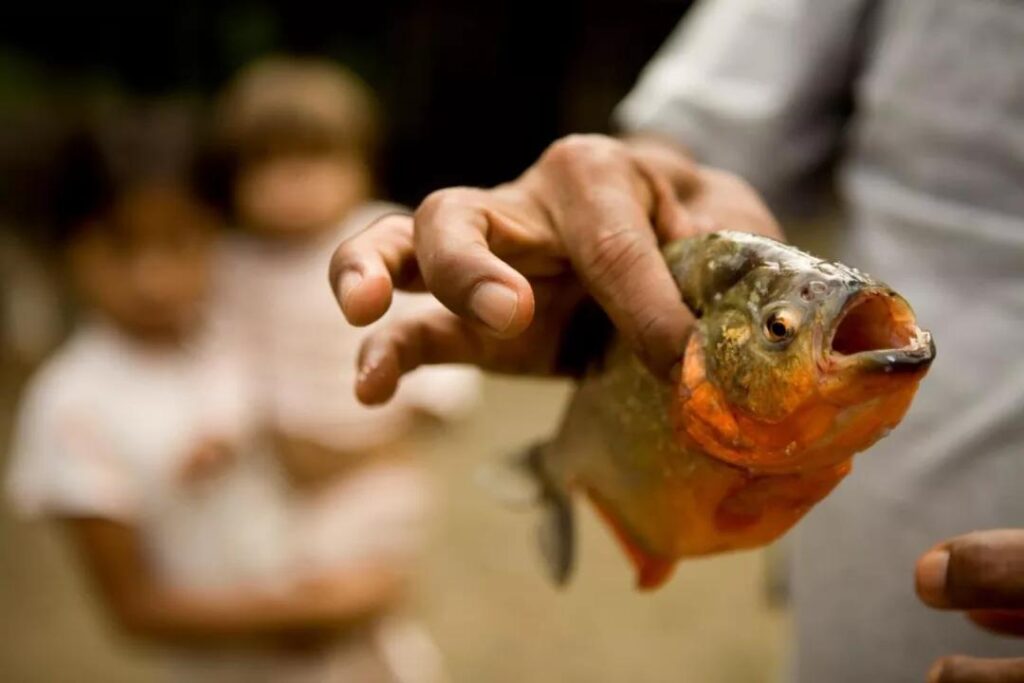
TOP 8: Palm Heart
Eating palm heart might give you the impression of desperation, but actually, the inner core of the Chonta palm tree is a precious ingredient, containing no fat or cholesterol, and is even sugar-free, earning it the title “King of Vegetables.” Torn into strips and tossed with olive oil as a salad, it’s an excellent healthy dish.
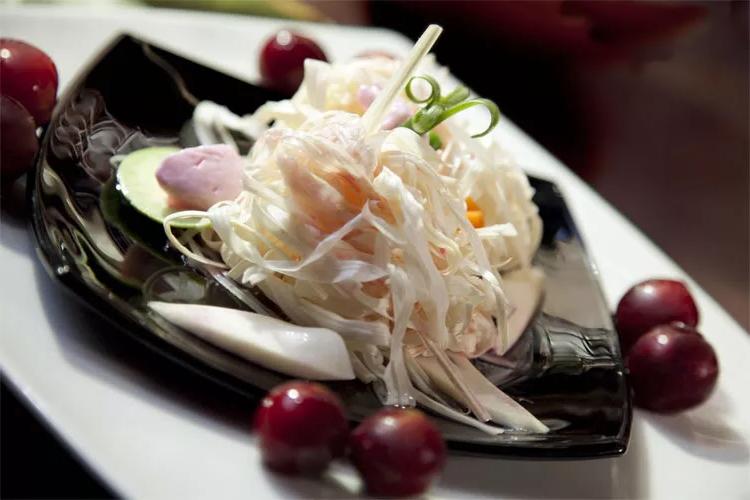
Tasting Guide
This plant is rare, growing only in the Amazon basin and surrounding areas, and is often served in rainforest resorts.
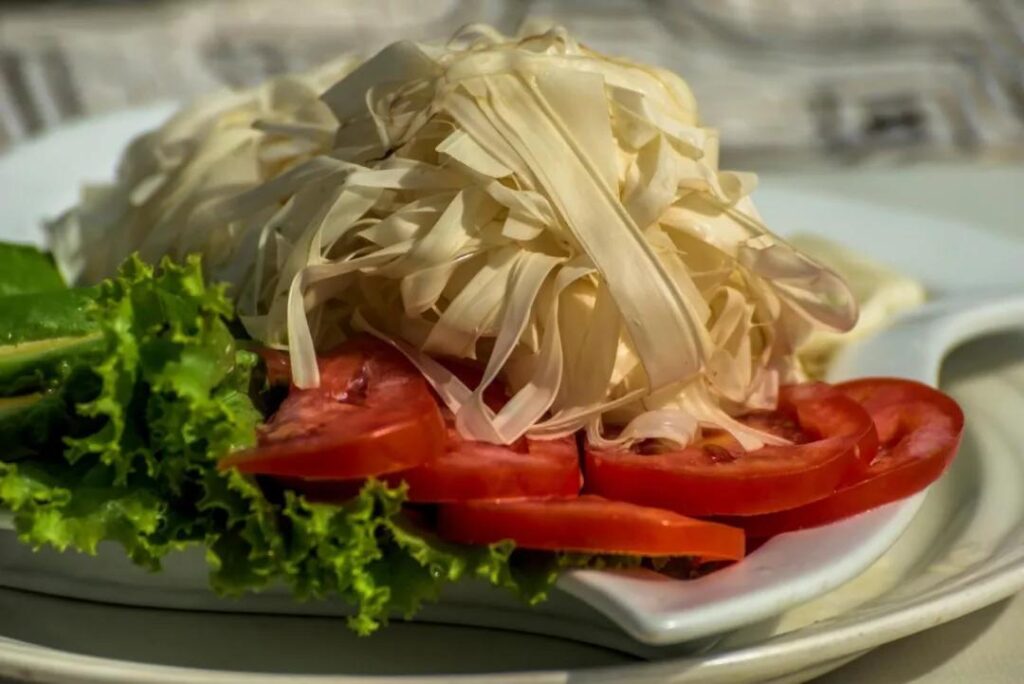
TOP 7: Alpaca
Alpacas, once internet celebrities for their cuteness, are just ordinary livestock in their Andean homeland. Here’s the key point: they’re not only edible but delicious! They lack the gaminess of lamb, aren’t as fatty or high in cholesterol as pork, and have a texture similar to beef, making them perfect for grilling or frying.
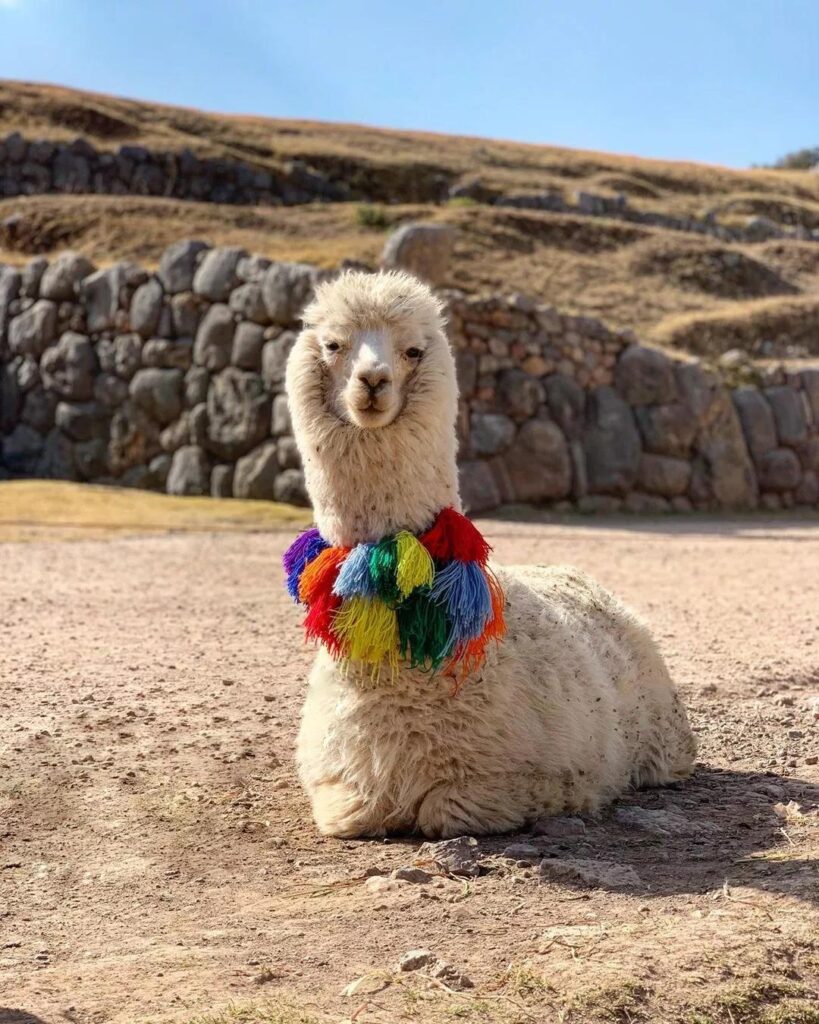
Tasting Guide
After taking photos with alpacas at Machu Picchu, head back to Cusco for a plate of grilled alpaca for the true experience.
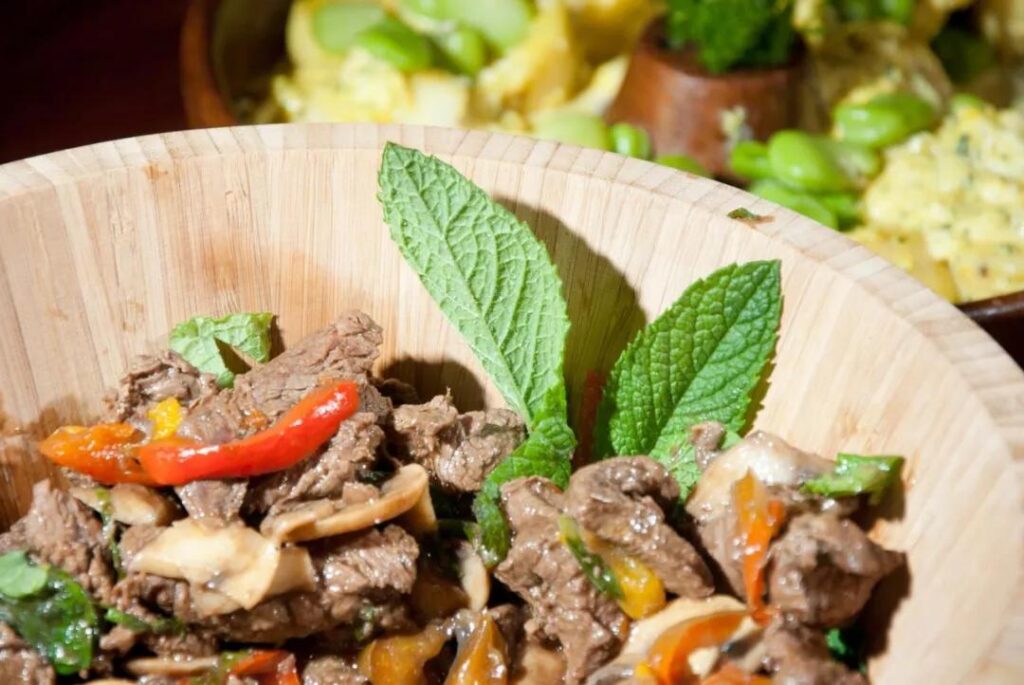
TOP 6: Guinea Pig
Guinea pigs, so adorable, yet… surprisingly delicious! Before becoming pets, these creatures, also known as Dutch pigs, were a staple in Andean diets. In the high-altitude environment, roasted guinea pigs, crispy on the outside and tender inside, have been a secret to survival for thousands of years. (Yes, the picture at the beginning of the article is guinea pig meat.)
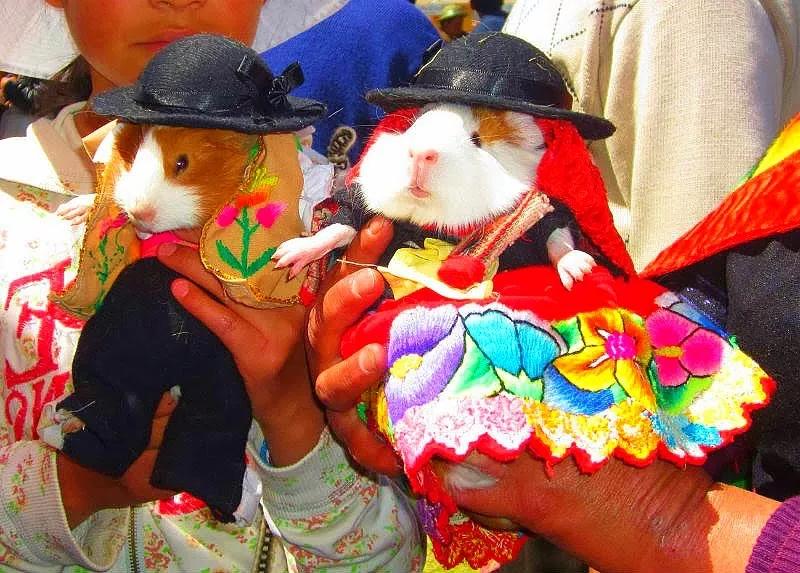
Tasting Guide
Today, in Peru’s Andean regions, guinea pig restaurants are as common and lively as summer barbecue stands. Fancy restaurants serve it with corn, potato balls, and a dip of spicy sauce.

TOP 5: Goat Head Soup
From here, we delve into the realm of “dark cuisine.” Imagine a steaming bowl of fragrant goat soup, but when you scoop, you’re met with a clear-eyed, toothy goat head, with people around you relishing the lower jawbone…
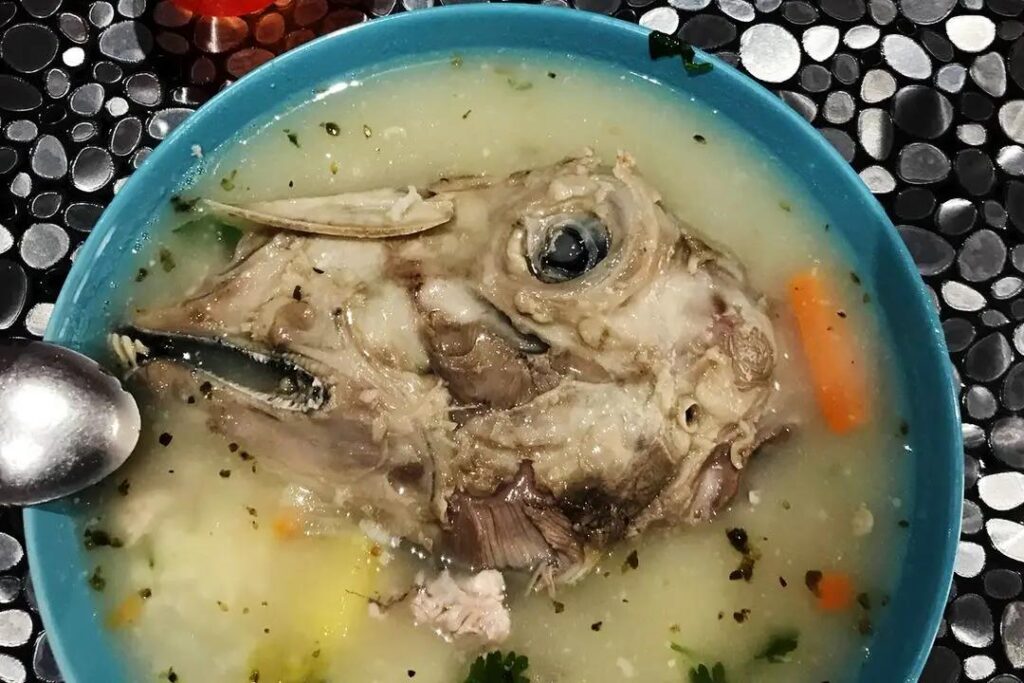
Tasting Guide
Goat head soup is popular in highland areas like Juliaca, Puno, Cusco, Huánuco, and Ancash.
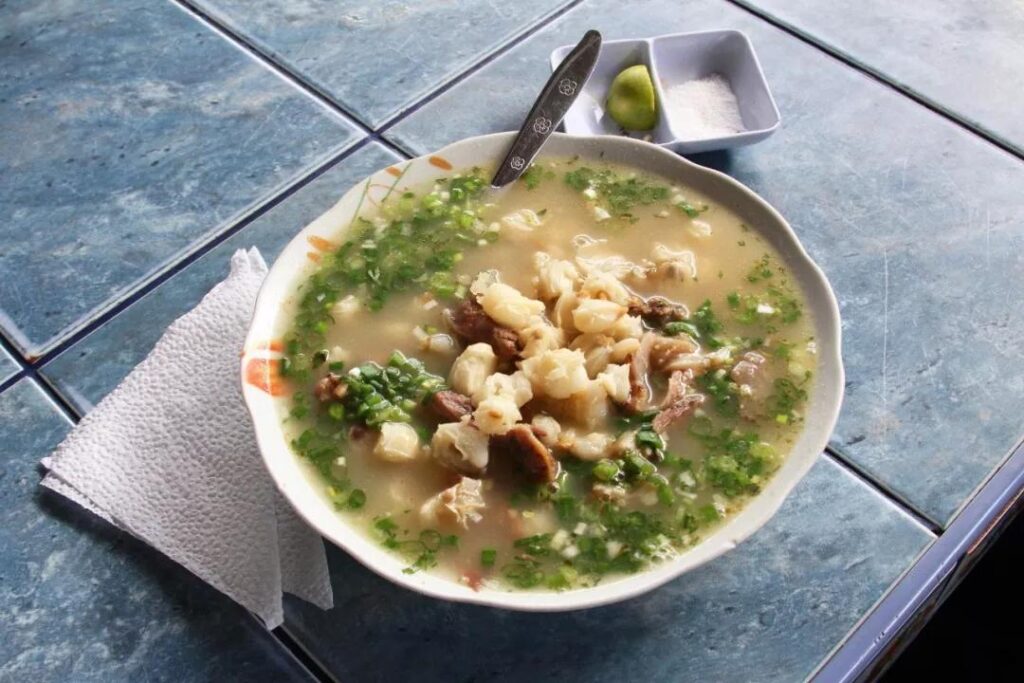
TOP 4: Giant Snails
You might be familiar with escargot, but have you tried the giant snails of the Amazon rainforest? The size of half an adult’s palm, they’re an important protein source for indigenous people. Though soft and slimy, when chopped and stewed with plantain, garlic, and salt, they’re quite flavorful.
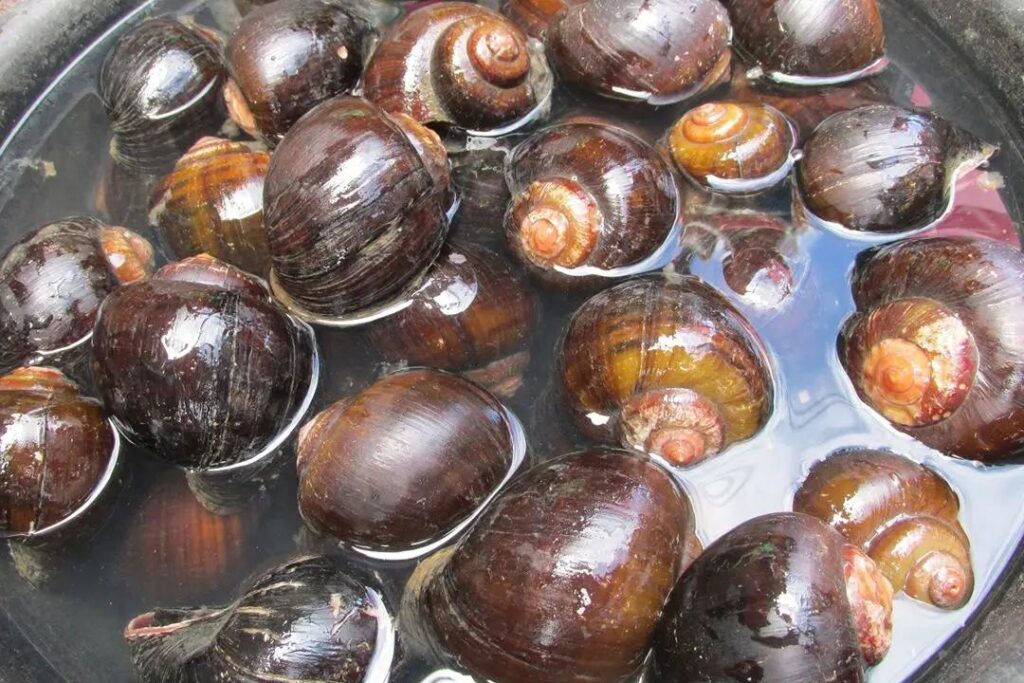
Tasting Guide
Available for purchase in towns like Iquitos in the rainforest region, or try them at local restaurants if you’re not up for handling them yourself.
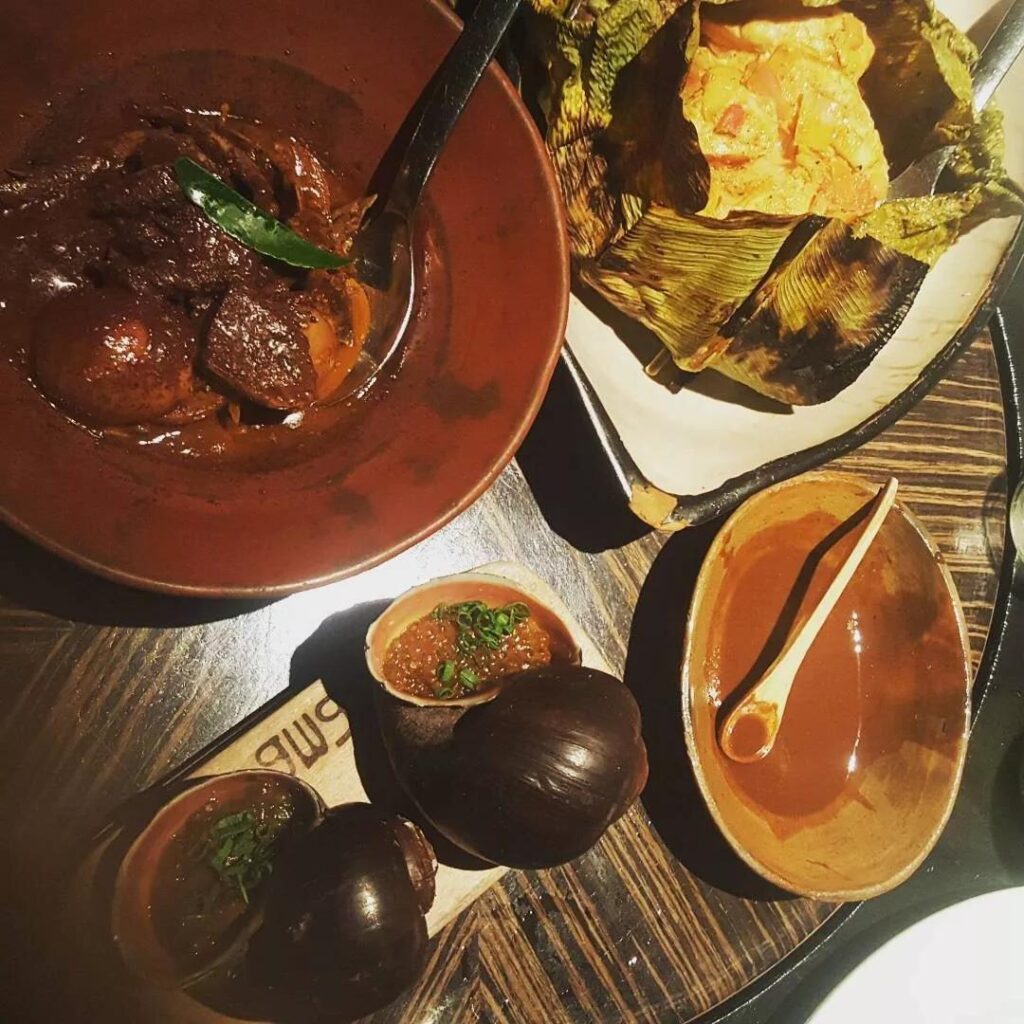
TOP 3: Leaf-Cutting Ants
Locally known as mamacos, these large leaf-cutting ants are another rainforest “delicacy.” Roasted in a pot or with a spoon, they taste like crispy pork rind with a hint of earthiness. Once you accept the concept, they’re not hard to swallow.
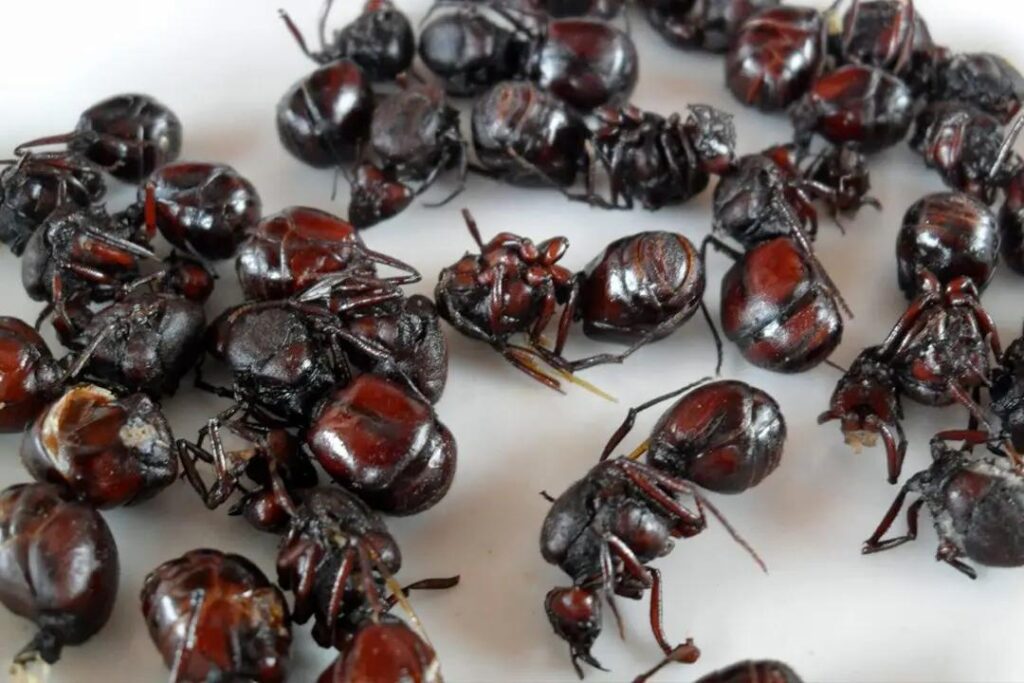
Tasting Guide
The fascinating lifestyle of leaf-cutting ants involves cutting leaves to cultivate fungi, which they then feed to their larvae. If you’re interested in trying, you can find them at rainforest markets in October and November.
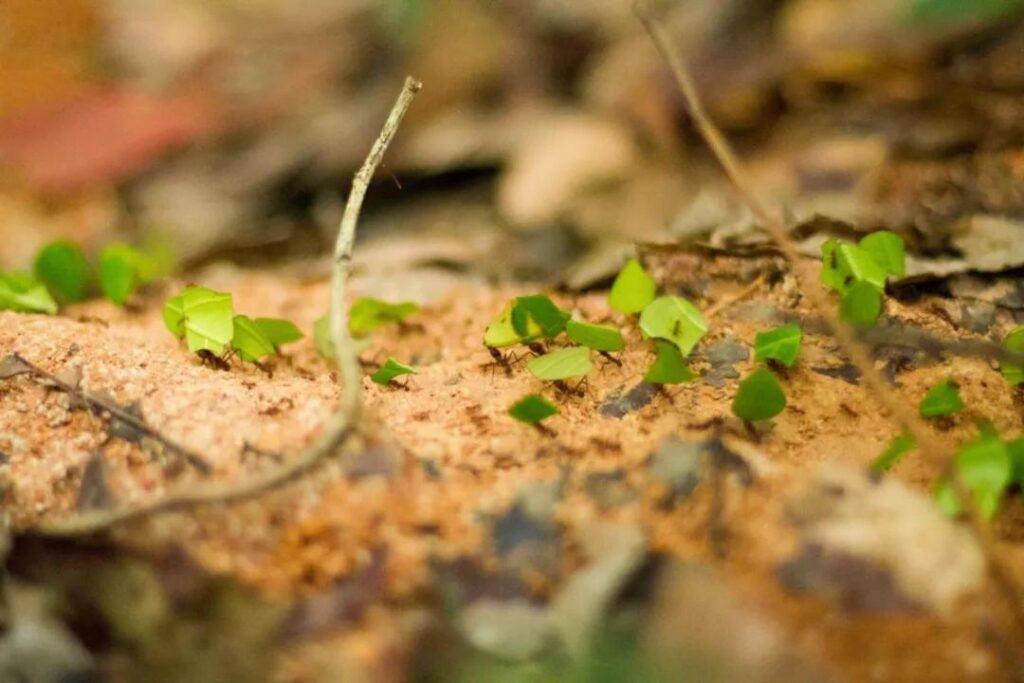
TOP 2: Clay
While everyone claims to be “eating dirt,” have you ever met someone who actually does? The Puno people in Peru soak potatoes and cheese in a yellowish-brown sauce made from local clay, called arcilla de chaco, believed to help with various ailments, including indigestion and stomach ulcers.
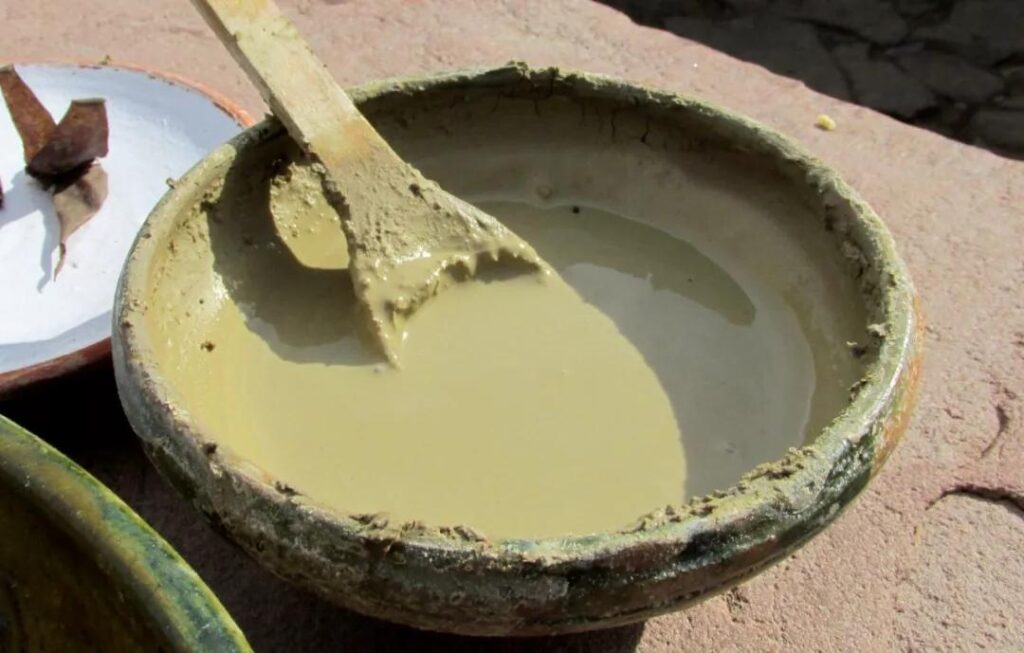
Tasting Guide
This chaco isn’t listed as a dish on menus, but if you immerse yourself in the community during your visit to Puno, you might witness locals “eating dirt.”
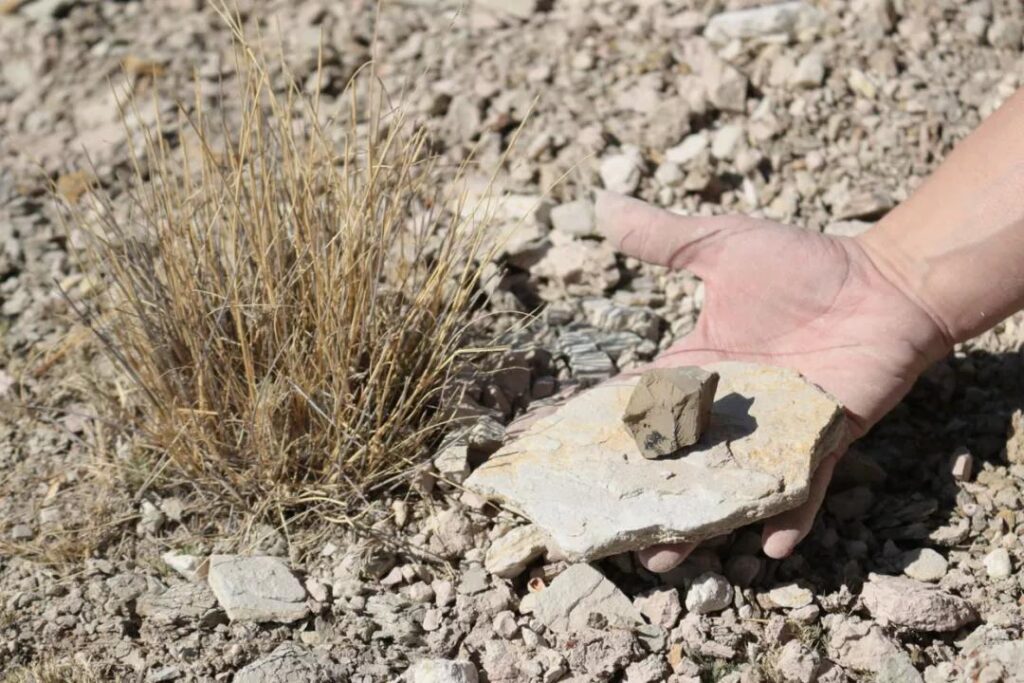
TOP 1: Palm Weevil Larvae
Congratulations to the Amazon rainforest for topping our “dark cuisine” list! The winner is the infamous palm weevil larvae, known as Suri. A favorite snack among locals, if you mention “suri” to an experienced guide, they’ll casually dig one out of a tree trunk, and it’ll be wriggling and white, ready for a crunchy bite.
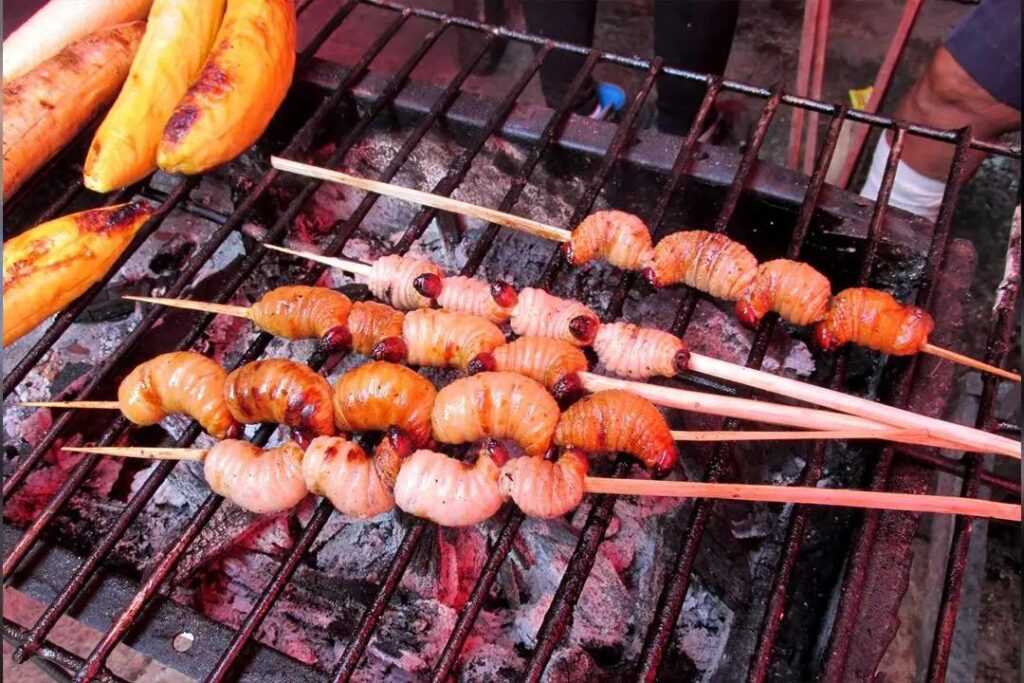
Tasting Guide
If raw isn’t your thing, roasting them on skewers is a more common practice at rainforest markets… emmm, you ask how they’re skewered? Well, they’re skewered alive, of course.







